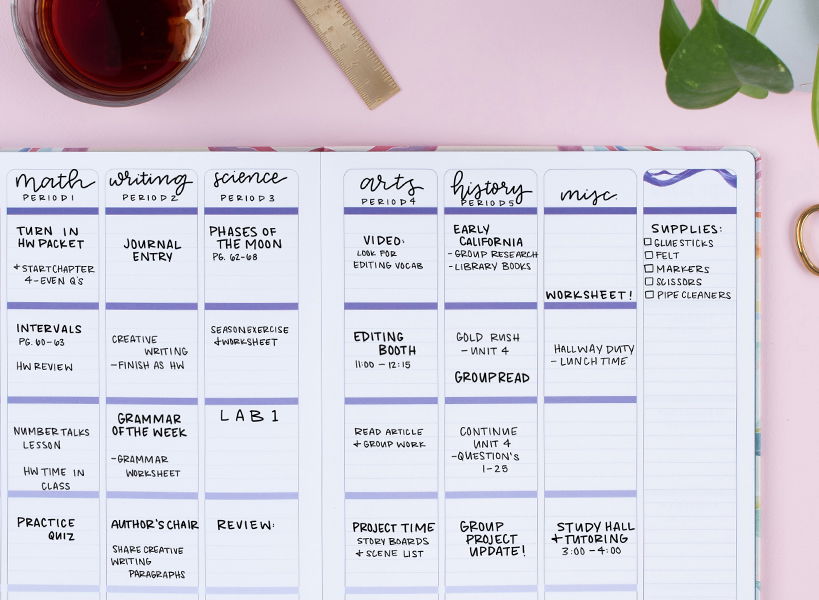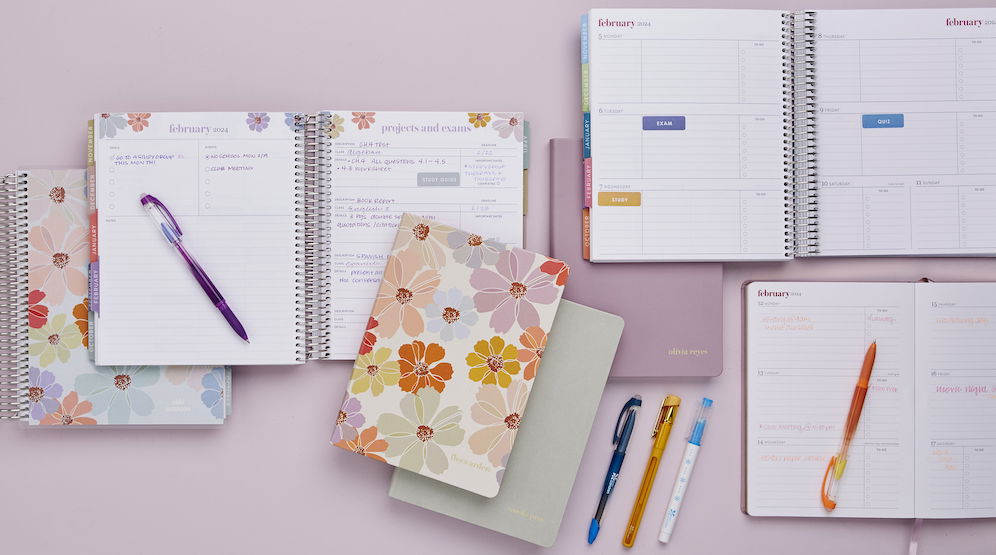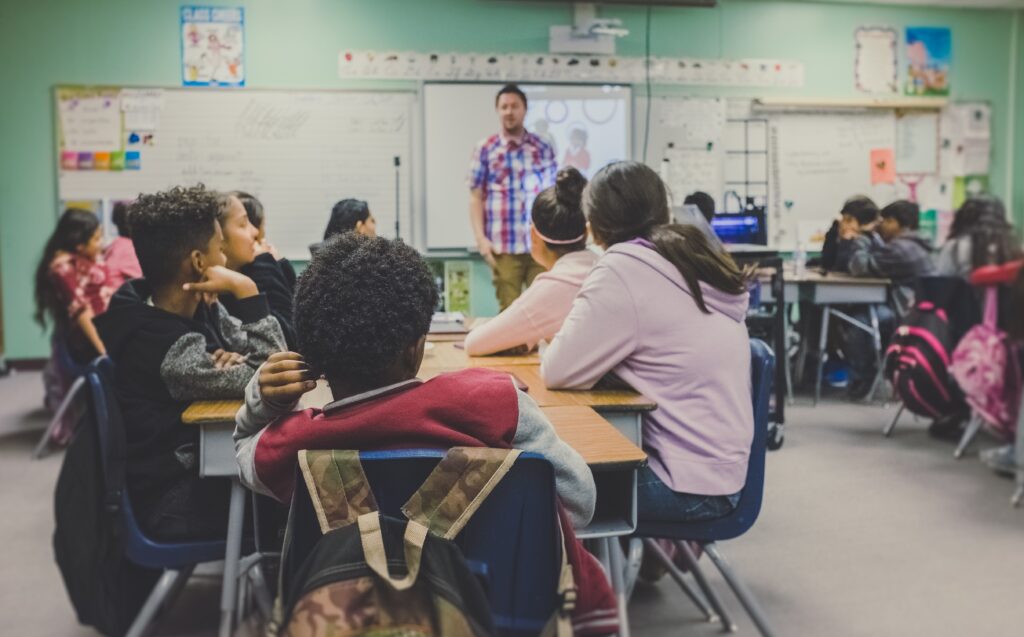Effective lesson planning is a critical component of teaching, enabling teachers (and homeschooling parents) to plan and deliver well-structured, engaging lessons that help students achieve their learning objectives. Not only does it help students learn and understand the material better, but it also helps teachers feel more confident and organized in their role.
Below we’ll go over an in-depth guide covering the importance of lesson planning, steps for ensuring it’s effective, assessing student learning and providing feedback, incorporating differentiated instruction for diverse learners, and resources and tools teachers can use to plan effective lessons that truly make an impact.
The Importance of Lesson Planning for Teachers
Lesson planning is a fundamental aspect of teaching, providing teachers with a roadmap for their lessons and allowing them to create a clear and structured framework for delivering their material. Without it, teachers may find themselves struggling to keep their students engaged and on task, resulting in a less effective learning experience for students.
Planning effective lessons is also critical for ensuring that teachers meet the needs of all their students. By planning ahead, teachers can create a meaningful and engaging learning experience that caters to the needs of different learning styles and ensures that every student has the opportunity to succeed.

Steps for How to Do Lesson Planning Effectively
Now that we understand the importance of planning, let’s discuss the steps that teachers can take to create effective lesson plans:
Identify Clear and Measurable Learning Objectives
The first step is to identify clear and measurable learning objectives. Learning objectives should be specific, measurable, and achievable, and they should align with the learning goals of the curriculum. This will help you keep your lessons focused and ensure that your students achieve the intended learning outcomes.
A well-defined learning objective can help you decide the content, teaching methods, and assessment types of your lesson. While writing your learning objectives, use clear, specific, and measurable language to describe what you want your students to learn. For example, “By the end of this lesson, students will be able to use simple present tense verbs to describe their daily routines.”
Develop an Engaging Introduction
The second step is to develop an engaging introduction that captures your students’ attention and sets the stage for the lesson. An effective introduction can help create a sense of excitement and anticipation among your students, helping them feel more invested in the lesson.
To develop an engaging introduction, consider using a hook, such as a story, a thought-provoking question, or a visual aid. You can also use humor or real-life examples to help students connect with the material.
Plan the Learning Activities and Materials
The third step is to plan the learning activities and materials that will help students achieve the learning objectives. These activities should be relevant to the objectives, varied to accommodate different learning styles, and engaging to maintain student interest. Make sure you have all the necessary materials and resources ready before the lesson.
When planning your learning activities, consider using a variety of techniques to engage students, such as group work, discussions, simulations, and hands-on activities. Remember to also consider the pacing and timing of your activities to ensure that you meet your learning objectives within the allotted time.
Plan the Sequence of the Lesson
The fourth step is to plan the sequence of the lesson. This involves arranging the learning activities in a logical order that builds on previous knowledge and skills. You should also plan for transitions between activities and allow time for student questions and discussions.
When planning your lesson sequence, consider the flow of your lesson and how the learning activities will build upon each other. This can help you create a cohesive and engaging lesson that students will find easy to follow.
Create a Realistic Timeline
The fifth step is to create a realistic timeline that accounts for the duration of each activity and any potential delays. This will help you keep the lesson on track and ensure that all learning objectives are met within the allotted time. A realistic timeline can also help you stay organized and ensure that you cover all the necessary material.
When creating your timeline, consider the pacing and timing of your activities, as well as any potential interruptions or distractions. Be sure to allow for extra time for any unforeseen events or student questions, and adjust your timeline as necessary.
Develop the Lesson Closure
The final step is to develop the lesson closure. This involves summarizing the key points of the lesson and checking for student understanding. You can use a variety of methods to do this, such as a quick quiz, a group discussion, or a written reflection.
The lesson closure is an essential part of effective lesson planning as it helps students consolidate their learning and ensure that they have met the intended learning objectives. It also provides an opportunity for you to assess student learning and identify areas for improvement in future lessons.
Assessing Student Learning and Providing Feedback

Assessing student learning is an essential part of effective lesson planning. By assessing student learning, you can determine whether students have achieved the intended learning outcomes and identify areas for improvement. Providing feedback to students is also crucial as it helps them understand their strengths and weaknesses and guides them towards improvement.
There are many different assessment techniques that teachers can use, such as quizzes, tests, presentations, or written assignments. It’s important to choose the right assessment method based on the learning objectives and the needs of your students.
Providing feedback to students is also an essential part of the assessment process. Feedback should be constructive, specific, and actionable, helping students identify areas for improvement and providing guidance on how to make progress.
Incorporating Differentiated Instruction for Diverse Learners
Students learn in different ways and at different paces. Incorporating differentiated instruction into your lesson planning can help you meet the needs of diverse learners. Differentiated instruction involves modifying teaching methods, learning activities, and materials to accommodate students with different learning needs.
To incorporate differentiated instruction, consider the learning styles and needs of your students and adapt your teaching accordingly. For example, you can use visual aids for visual learners, hands-on activities for kinesthetic learners, and discussions for auditory learners.
Tools for Effective Lesson Planning for Teaching

There are many tools and resources available to help teachers plan and deliver effective lessons. All-in-one teacher lesson planners – especially those that combine the functions of a school calendar, student checklist, notebook, and teacher planner – and other teacher favorites can help you stay organized, save time, and ensure that you meet all your teaching objectives.
Learn how to Use Digital and Paper Teacher Planners for optimal organization and convenience. Effective lesson planning is essential for teachers who want to provide their students with a meaningful and engaging learning experience. By following the steps outlined above, you can develop lessons that will help your students achieve their learning objectives while also making your job easier. Remember to assess student learning and provide feedback and incorporate differentiated instruction to meet the needs of diverse learners. Explore industry-leading resources and tools, such as teacher lesson planners, to help you plan your lessons effectively and efficiently. Happy teaching!



Comments are closed.